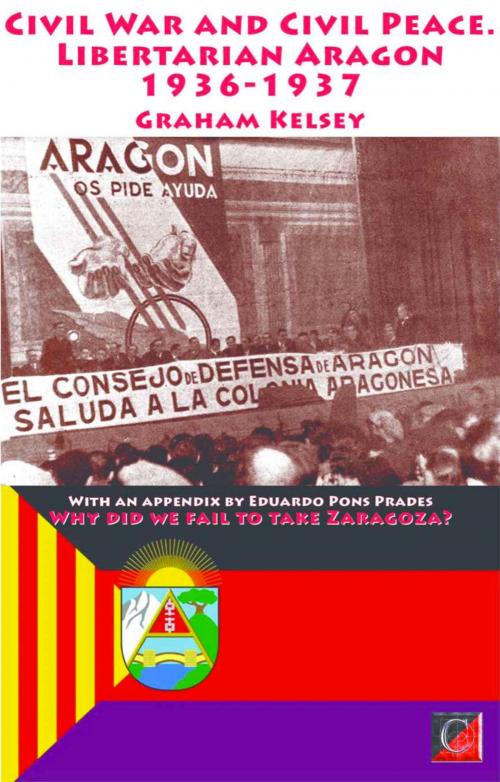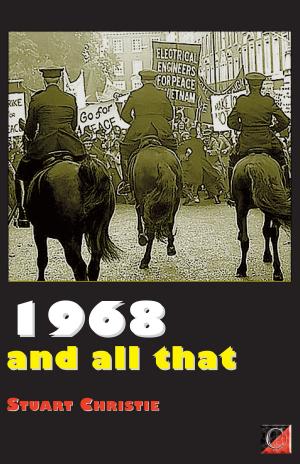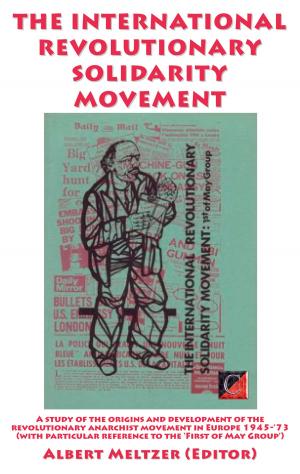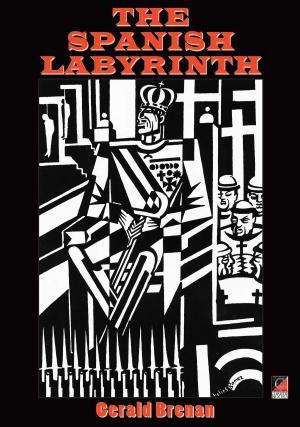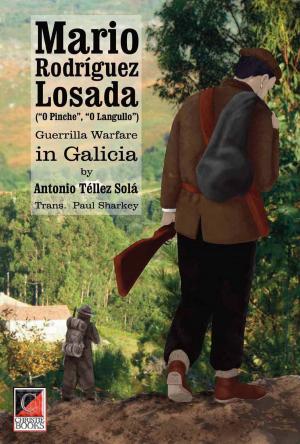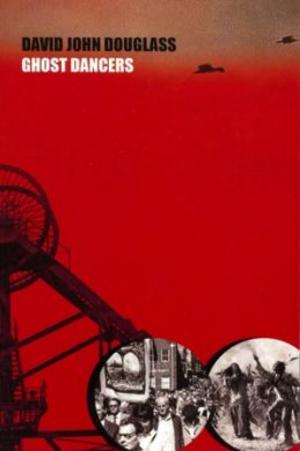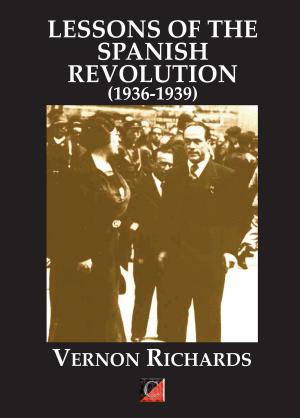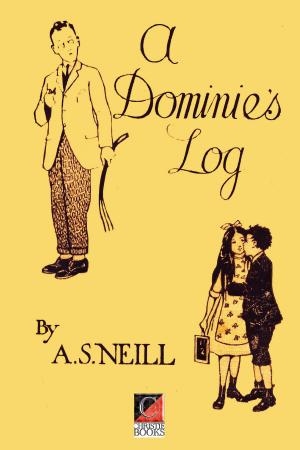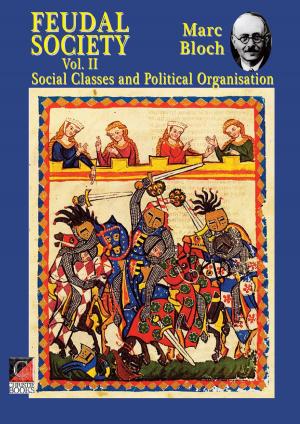CIVIL WAR & CIVIL PEACE
Libertarian Aragon 1936-37
Nonfiction, History, Revolutionary, Spain & Portugal, Modern, 20th Century| Author: | Graham Kelsey, Eduardo Pons Prades | ISBN: | 1230000273004 |
| Publisher: | ChristieBooks | Publication: | October 9, 2014 |
| Imprint: | ChristieBooks | Language: | English |
| Author: | Graham Kelsey, Eduardo Pons Prades |
| ISBN: | 1230000273004 |
| Publisher: | ChristieBooks |
| Publication: | October 9, 2014 |
| Imprint: | ChristieBooks |
| Language: | English |
'Civil War and Civil Peace. Libertarian Aragon 1936-'37' provides an overall vision of the situation created in the Spanish north-eastern region of Aragon subsequent to the military uprising of July 1936 against the legally constituted republican government of the Second Republic. Supported by the majority of the paramilitary forces in the region, Civil Guards and Assault Guards, and joined by various hundreds of local right-wing thugs, the uprising led immediately to the collapse of established government, swept away in an orgy of detentions and summary executions in that part controlled by the fascist rebels. However, in that part which was liberated by militias, organised in nearby Cataluña but joined by thousands of local Aragonese people, the rapid creation of village collectives, agricultural but often involving the complete panorama of village activities, led to the establishment of a genuinely libertarian regime inspired by the village militants of the anarchosyndicalist CNT trade union movement, the dominant socio-political force in the region prior to the uprising. It would take another military ‘uprising’, this time led by forces of the Stalinist party (PCE), an uprising within the civil war, to eliminate the collectivist experiment put into place by village militants in Aragon. This work was written nearly thirty years ago but, despite the enormous development of historical research, in particular since the start of the new millennium, by a new generation of students, it continues to provide a clear vision of the situation created by the uprising of fascist military officers in July 1936.
(includes an appendix by historian Eduardo Pons Prades on the failure to take Zaragoza )
The author, Graham Kelsey, continues to work on the history of the region of Aragon in the 1930s and continues to intervene in local events and historical meetings, recently participating alongside various veterans of the collective movement in the video Sueños Colectivos. After many years spent interviewing several of the last survivors of that period he has various projects in preparation, amongst them a new edition of his book in Spanish on the CNT trade-union movement in Aragon during the 1930s, 'Anarcosindicalismo y el Estado en Aragon, 1930-1938', first published in 1995.
'Civil War and Civil Peace. Libertarian Aragon 1936-'37' provides an overall vision of the situation created in the Spanish north-eastern region of Aragon subsequent to the military uprising of July 1936 against the legally constituted republican government of the Second Republic. Supported by the majority of the paramilitary forces in the region, Civil Guards and Assault Guards, and joined by various hundreds of local right-wing thugs, the uprising led immediately to the collapse of established government, swept away in an orgy of detentions and summary executions in that part controlled by the fascist rebels. However, in that part which was liberated by militias, organised in nearby Cataluña but joined by thousands of local Aragonese people, the rapid creation of village collectives, agricultural but often involving the complete panorama of village activities, led to the establishment of a genuinely libertarian regime inspired by the village militants of the anarchosyndicalist CNT trade union movement, the dominant socio-political force in the region prior to the uprising. It would take another military ‘uprising’, this time led by forces of the Stalinist party (PCE), an uprising within the civil war, to eliminate the collectivist experiment put into place by village militants in Aragon. This work was written nearly thirty years ago but, despite the enormous development of historical research, in particular since the start of the new millennium, by a new generation of students, it continues to provide a clear vision of the situation created by the uprising of fascist military officers in July 1936.
(includes an appendix by historian Eduardo Pons Prades on the failure to take Zaragoza )
The author, Graham Kelsey, continues to work on the history of the region of Aragon in the 1930s and continues to intervene in local events and historical meetings, recently participating alongside various veterans of the collective movement in the video Sueños Colectivos. After many years spent interviewing several of the last survivors of that period he has various projects in preparation, amongst them a new edition of his book in Spanish on the CNT trade-union movement in Aragon during the 1930s, 'Anarcosindicalismo y el Estado en Aragon, 1930-1938', first published in 1995.
